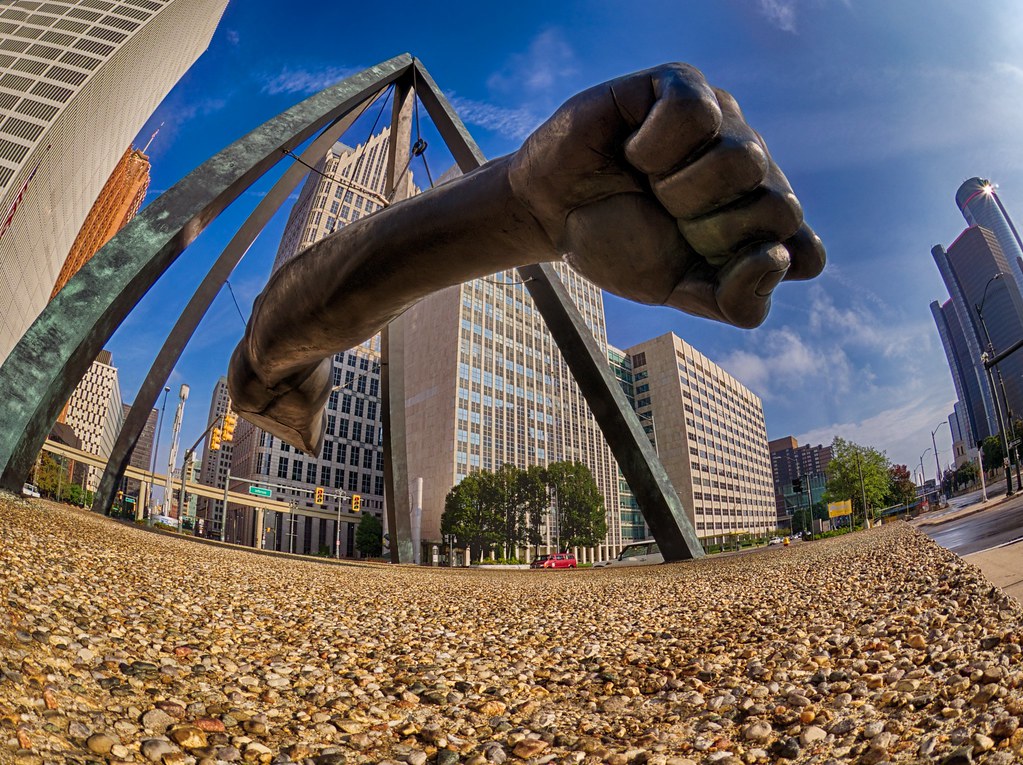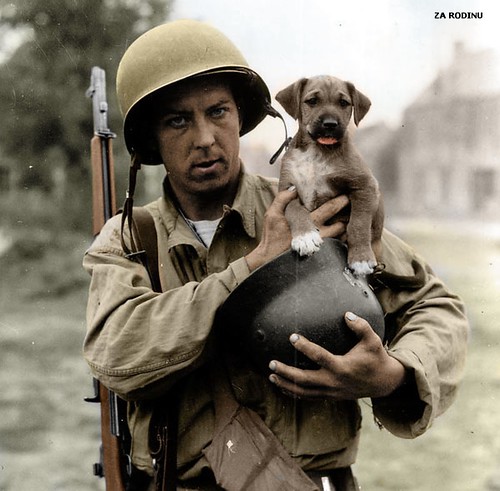
As the sun rose over the English Channel on June 6, 1944, a monumental endeavor christened “Operation Overlord” commenced, marking a day now etched in the annals of history as D-Day. The once “golden coast” of Normandy, France, transformed into Omaha Beach, became the stage for an epic struggle that would significantly turn the tide of World War II.

Eight decades later, we bear witness to the poignant relics of that fateful day—a letter infused with the spirit of leadership, a jacket transformed into a deadly weight, and a coin symbolizing the fervent hope of a people yearning for liberation.

Each artifact held at the National Museum of American History tells a tale of courage and sacrifice that collectively weaves the fabric of an unforgettable narrative.

The letter, with the revered signature of Gen. Dwight D. Eisenhower, heralded the “Great Crusade” that soldiers, sailors, and airmen were embarking upon. As Private Howard I. Moorefield later reflected, many discarded it, but he folded and saved his copy—a paper testament to a critical moment in time.

In contrast, the U.S. Army assault jackets, laden with gear that once signaled preparedness, instead became nearly insurmountable burdens in the waters of Omaha Beach.

These garments, designed to carry ammunition and essentials, swelled with seawater, condemning many to a watery grave, while others staggered ashore, weighed down by exhaustion and the grim reality of a beach devoid of promised shelter.

Photographer Robert Capa, arriving in the later waves, captured moments of the invasion that, despite the chaos, spoke volumes of resilience. His lens provided a window into the rawness of battle, bringing the stark reality of the conflict into the homes of Americans through the pages of Life magazine.

Among the brave was Walter Melville Weberbauer, a Jewish pharmacist’s mate, whose service that day was underscored by a small copper coin from British Palestine worn around his neck. The word “Palestine” had been rubbed away, perhaps in prayer or a search for luck—a private symbol of the profound significance of his fight against the Nazis.

The honor and valor of the soldiers who stormed Omaha Beach are further remembered through the nation’s highest military decoration, the Medal of Honor.

One recipient, Pfc. Francis X. McGraw, embodied the selfless bravery that characterized the D-Day invasion. Although he later fell in battle in Germany, his stand against the Nazis near Schevenhütte was a testament to the indomitable spirit of those who fought on those sands.

Today, traces of that pivotal battle persist, as even the sand at Omaha Beach bears the imprints of history. Microshrapnel, remnants of the fierce conflict, mixes with the grains, a physical record of the liberation effort that stretched beyond that one day.

As we approach the 80th anniversary of D-Day in 2024, these echoes from the past remind us of the cost of freedom and the enduring legacy of those who fought.

Normandy American Cemetery, the hallowed ground that serves as the final resting place for many who fell during the Normandy Campaign, will host a commemorative event to honor the soldiers of Operation Overlord.

Capacity has been reached, and those without tickets will need to seek alternative ways to pay their respects. Security measures will be in place, and the Normandy American Cemetery will be dedicated solely to ticketed guests for the duration of the ceremony, maintaining the sanctity of the occasion.

Even as the ceremony will see countless visitors and media, it remains a moment of deep reflection. Normandy, and the stories encapsulated within the artifacts of battle, offer us a bridge to the past—a chance to remember and to ensure that the Great Crusade, once embarked upon by the eyes of the world, continues to resonate in the pursuit of justice, liberty, and peace.
Relevant articles:
– A Jacket, a Coin, a Letter − Relics of Omaha Beach Battle Tell the Story of D-Day 80 Years Later, Military.com
– A jacket, a coin, a letter – relics of Omaha Beach battle tell the story of D-Day 80 years later, tugbbs.com
– 80th Anniversary of D-Day at Normandy American Cemetery, American Battle Monuments Commission (.gov)

